HISTORY OF THE IRIS
The history of irises is rich and multifaceted, spanning thousands of years and encompassing various cultures and civilizations. Here’s an overview of the history of irises:
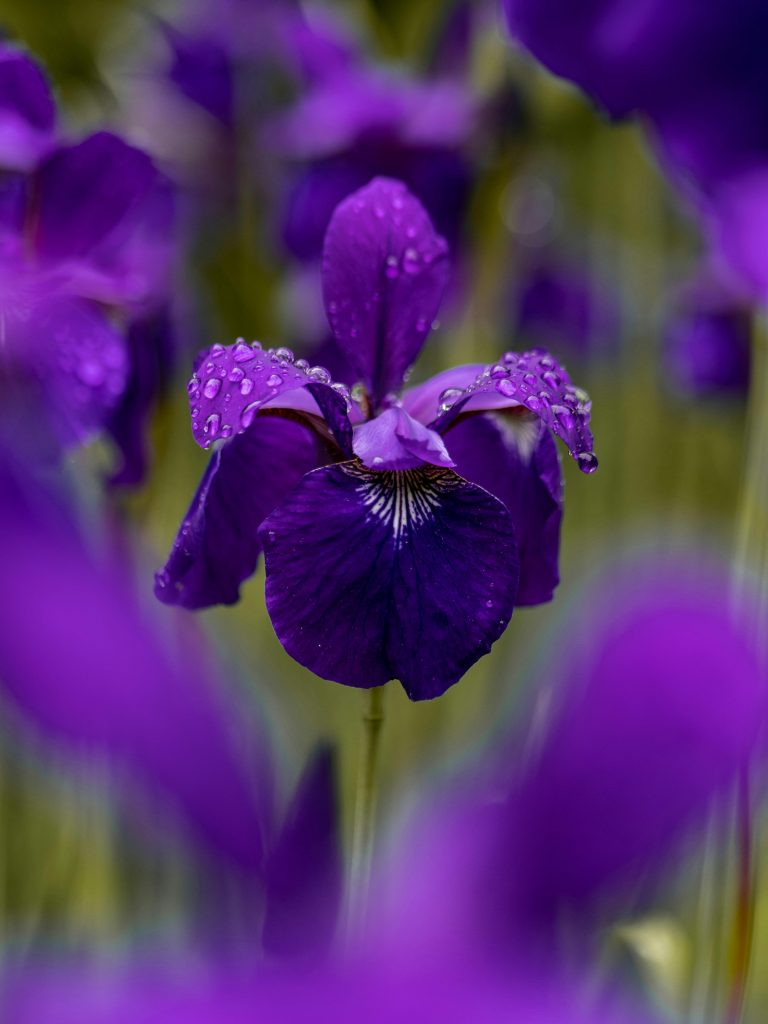
Ancient Civilizations
- Egypt:
- Irises were depicted in ancient Egyptian art and hieroglyphs, symbolizing power and majesty.
- The iris plant was dedicated to Horus, the falcon-headed god.
- Greece and Rome:
- The name “iris” is derived from the Greek word for “rainbow,” reflecting the wide range of colors in iris flowers.
- In Greek mythology, Iris was the goddess of the rainbow, and the flowers were believed to be her earthly manifestation.
- Irises were used in perfumes and for medicinal purposes.
Middle Ages
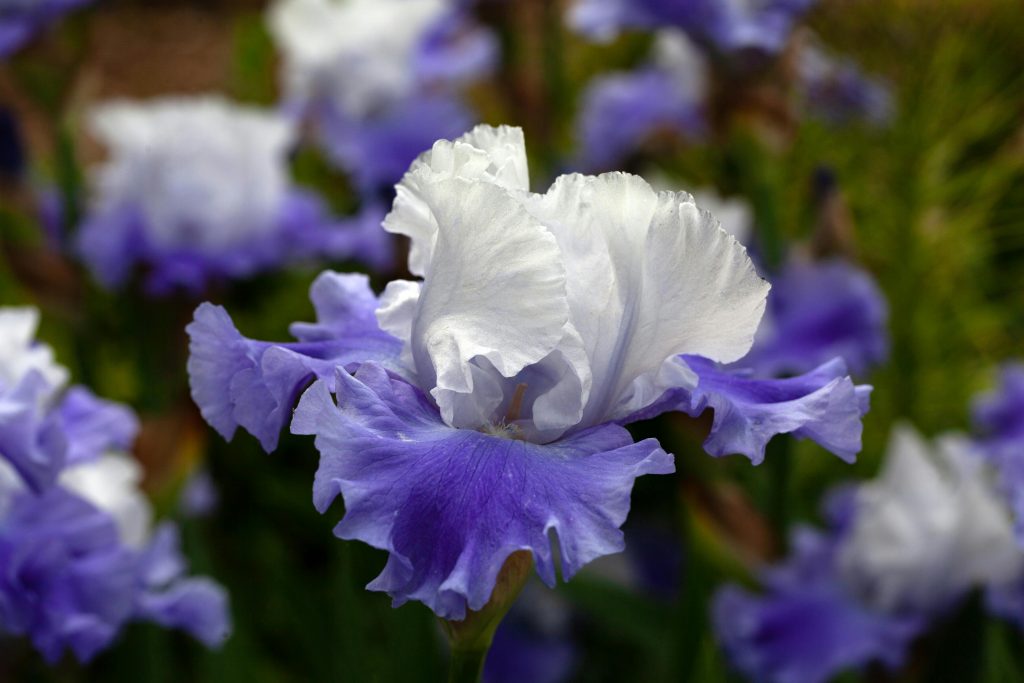
- During the Middle Ages, irises were cultivated in monastery gardens across Europe.
- The fleur-de-lis, which is thought to be based on the iris, became a symbol of French royalty.
Renaissance and Beyond
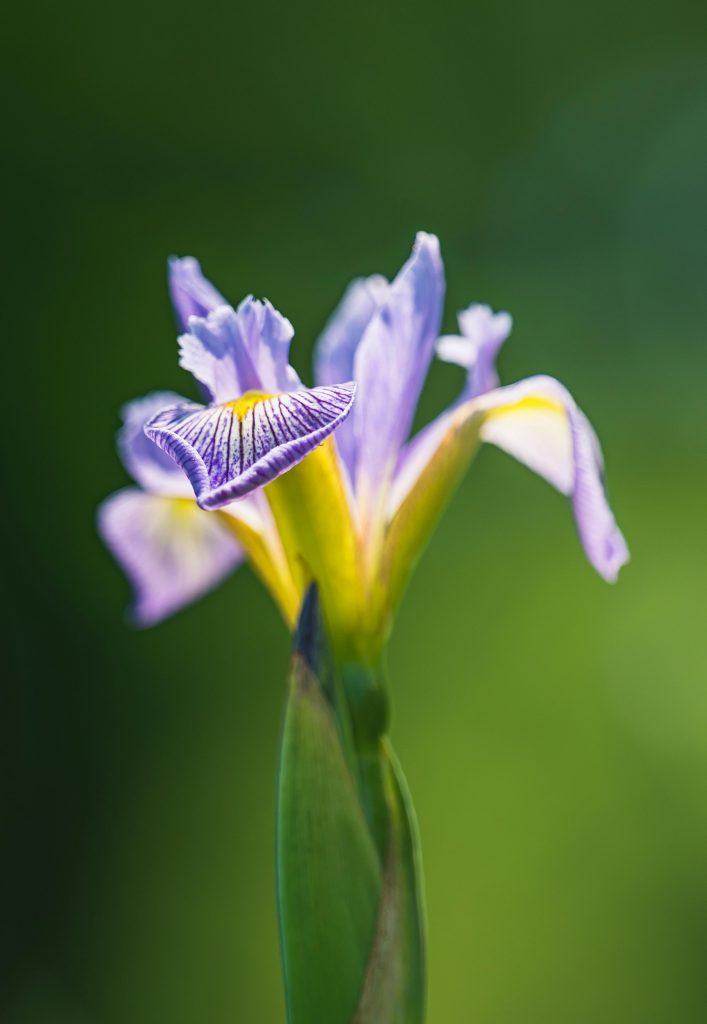
- Art and Literature:
- Irises have been a popular subject in art and literature throughout history. Famous artists such as Vincent van Gogh and Claude Monet created iconic paintings of irises.
- In the language of flowers, irises symbolize faith, hope, and wisdom.
- Botanical Exploration:
- The 17th and 18th centuries saw increased botanical exploration and classification. Botanists began to document and classify different species of irises.
- Carl Linnaeus, the father of modern taxonomy, included irises in his system of plant classification.
Modern Era
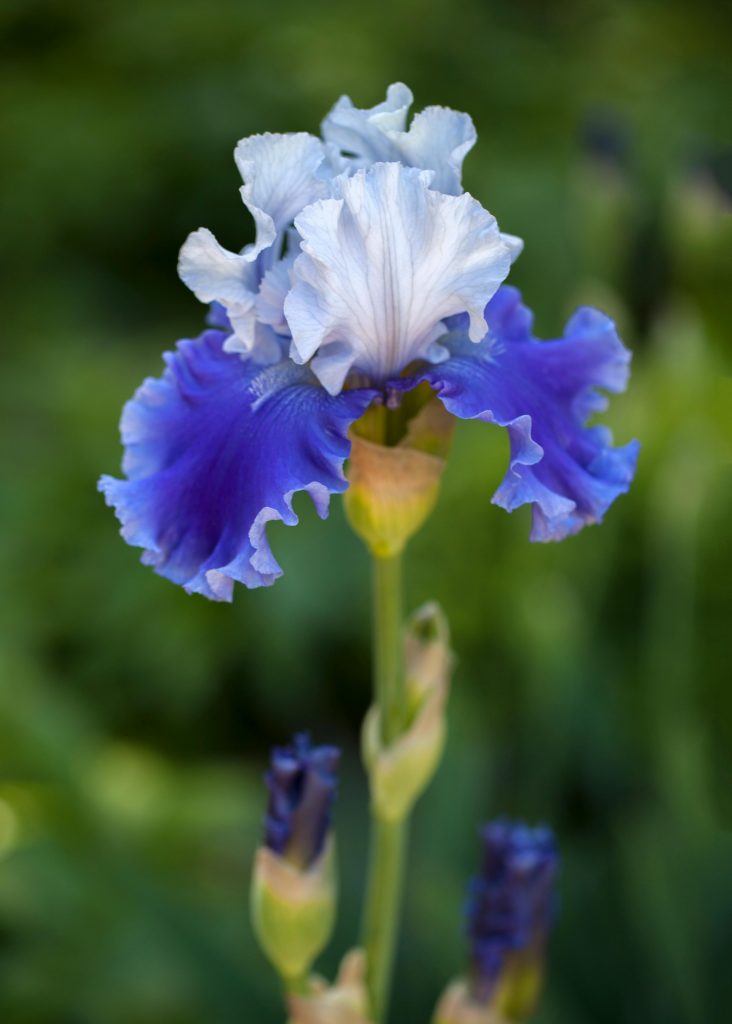
- Horticulture:
- The 19th and 20th centuries saw significant advancements in iris hybridization, leading to the development of numerous cultivars with a wide range of colors and forms.
- Iris societies were established to promote the cultivation and appreciation of irises, such as the American Iris Society (founded in 1920).
- Cultural Significance:
- In Japan, irises (particularly Iris ensata) are a symbol of purity and are celebrated during the Japanese Iris Festival.
- Irises continue to be popular garden plants and are celebrated in various cultural festivals and botanical gardens worldwide.
Types of Irises
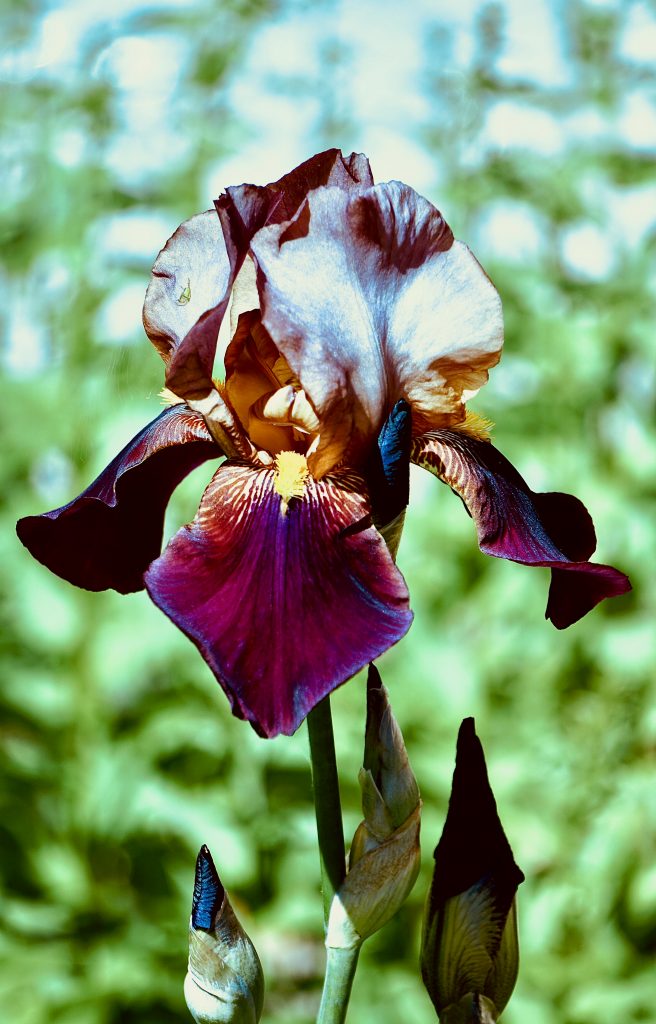
There are over 300 species of irises, classified into different groups:
- Bearded Irises (Iris germanica): Known for their distinctive “beard” of hairs on the falls (lower petals).
- Beardless Irises: Including species like Iris sibirica (Siberian iris) and Iris ensata (Japanese iris).
- Aril Irises: Adapted to dry climates, these irises have a unique appearance and growth requirements.
- Bulbous Irises: Such as Iris reticulata, which grow from bulbs rather than rhizomes.
Conservation
- Some species of irises are threatened by habitat loss and climate change.
- Conservation efforts focus on preserving natural habitats and cultivating endangered species in botanical gardens.
The history of irises is a testament to their enduring beauty and significance across different cultures and eras. From ancient symbols of royalty to modern garden favorites, irises continue to captivate and inspire.
F*ckin’ remarkable things here. I’m very satisfied to peer your post. Thanks so much and i’m having a look forward to touch you. Will you please drop me a mail?
You actually make it seem really easy together with your presentation however I to find this matter to be really one thing which I feel I would never understand. It seems too complicated and extremely broad for me. I am taking a look forward on your next submit, I¦ll try to get the hold of it!
I like what you guys are up too. Such intelligent work and reporting! Keep up the excellent works guys I?¦ve incorporated you guys to my blogroll. I think it’ll improve the value of my website 🙂
Whats up very cool site!! Guy .. Beautiful .. Amazing .. I’ll bookmark your site and take the feeds additionally?KI am satisfied to seek out a lot of useful info here within the put up, we want develop extra strategies in this regard, thanks for sharing. . . . . .
Good post. I study one thing more difficult on different blogs everyday. It can all the time be stimulating to read content material from other writers and observe a little bit something from their store. I’d favor to use some with the content on my weblog whether or not you don’t mind. Natually I’ll provide you with a link in your internet blog. Thanks for sharing.
Perfectly composed articles, Really enjoyed looking through.